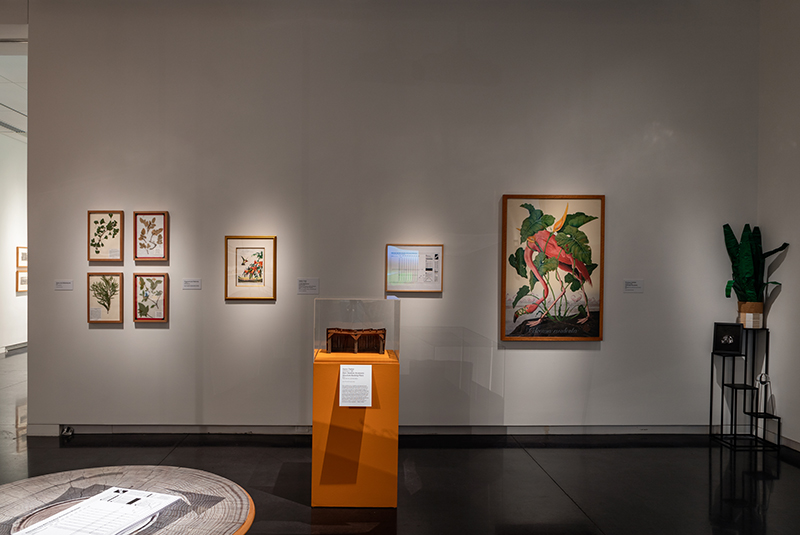Maidenhair Tree (Ginko biloba L.)
Herbarium COLO (Boulder)
The species has endured three mass extinctions, and might be the most ancient tree species alive today. Because ginkgo trees haven't changed much in all that time, they are in a unique position to help imagine what Earth was like many millions of years ago - and what it might be like in the coming centuries. The long continuity of the ginkgo makes it easier for scientists to compare modern specimens with prehistoric remains, which can reveal how Earth's atmosphere has changed naturally over time, and how today's sped-up climate change might affect plant life (and, by extension, humans) in the near future.
Dawn Redwood (Metasequoia glyptostroboides Hu and W.C. Cheng )
The Metasequoia was once thought to be totally extinct and only known by the international scientific community from fossil leaves and wood. In 1941 Professor T. Kan of the Department of Forestry of the National Central University noted a large deciduous tree called shui-sa, or water fir, in a remote 25 mile long valley of the Yangtze River in China -- and in 1948 paleobotanist Ralph Chaney made a trip to the valley site in China. With the assistance of other botanists and horticulturists, Chaney packaged seeds and sent them to universities and arboretums all over the world. Because of their heartiness during the Eocene, a period of extreme climate change 50 million years ago, they are currently being considered in assisted plant migration projects by the US Forest Service to help forests regenerate with climate change.

|
|
|
|
|
|

